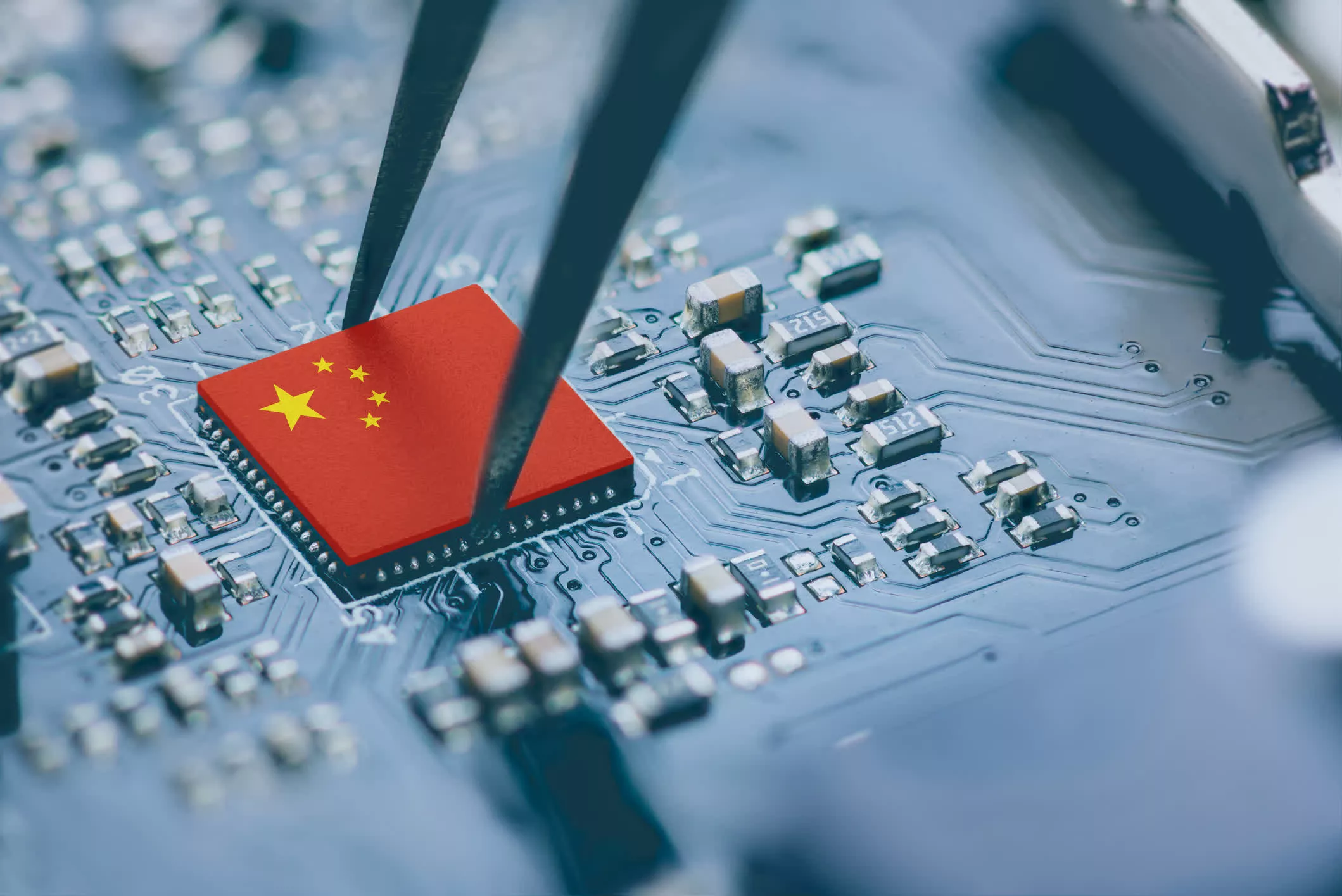Why it matters: China's ambitious drive toward semiconductor independence may have just reached a new milestone. A Shenzhen-based startup, Lisuan Technology, has officially powered on its first homegrown 6nm graphics card, the G100. While full specs are still under wraps, the company claims this chip aims to deliver performance on par with Nvidia's RTX 4060. That's a lofty goal for a first-gen product from a new player.
Lisuan was founded in 2021 by a crew of ex-Silicon Valley GPU veterans and is a part of the new wave of Chinese chipmakers like Moore Threads and Biren, which are trying to close the gap with the Western giants. The G100 is unique because it's not based on licensed IP from companies like Imagination. Instead, it's built on Lisuan's in-house "TrueGPU" architecture, making it a clean-slate design.
The announcement comes from the company's official WeChat handle. It says the G100 supports modern graphics APIs, including DirectX 12, Vulkan 1.3, and OpenGL 4.6, suggesting it's geared toward gaming and general-purpose GPU workloads. There's also talk of generous onboard memory and power consumption that's "reasonable," though specifics haven't been made public yet.

What we do know is that the chip is reportedly fabbed on a 6nm process. Tom's Hardware highlights that US export restrictions likely mean it was manufactured by SMIC, China's most advanced foundry.
Lisuan's road here hasn't been smooth. Originally aiming for a 2023 launch, the startup hit financial and supply-chain turbulence and even nearly went under last year. It was only after the parent company Dongxin Semiconductor injected $27.7 million that development could continue. Now, with the first chips in hand, Lisuan has entered the phase of hardware validation, driver integration, and risk-trial production.
This next stage is critical, as real-world performance will depend on driver optimization and compatibility with major operating systems and game engines. We should have some verified numbers soon enough as early production samples are expected to reach partners by the end of the year. Mass production has been tentatively scheduled for 2026, assuming no major respins or yield issues arise.
Of course, matching the RTX 4060 is a bold target. Nvidia, AMD, and Intel have decades of experience and have poured huge amounts of money into R&D. But if Lisuan can get even close with its first GPU, it'll be a significant step forward for China's semiconductor ambitions.
